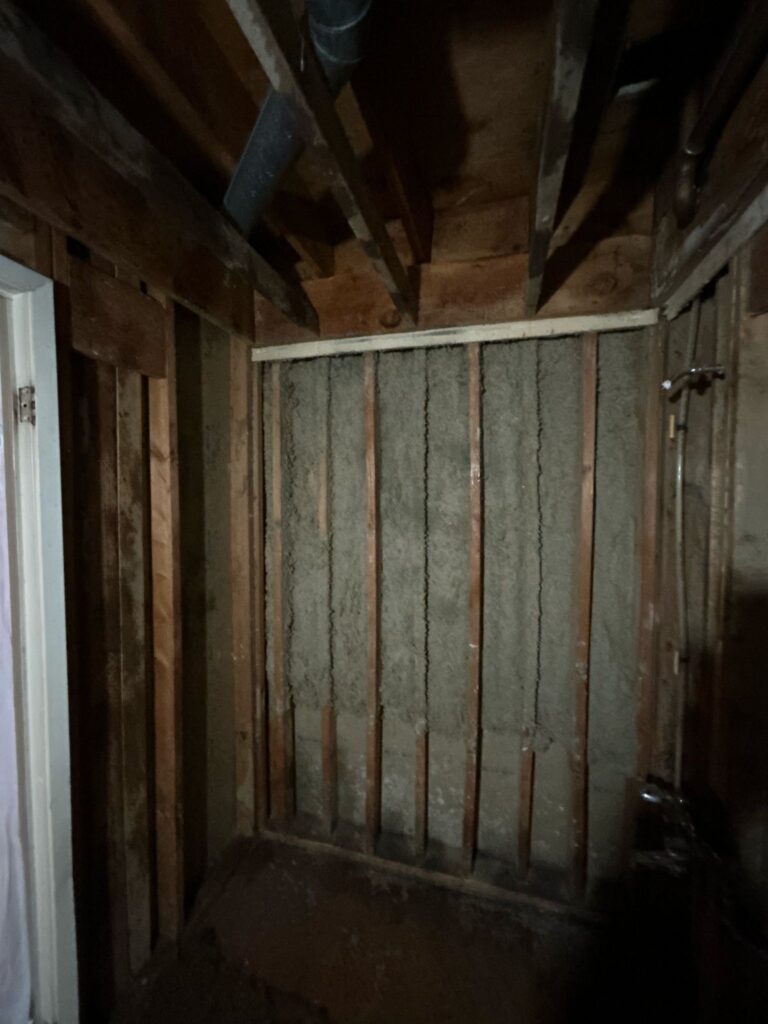
Planning a home upgrade or repair project? Before you start removing tiles, scraping ceilings, or cutting into old drywall, there’s one critical question to ask: Could your home contain asbestos? In British Columbia, thousands of homes built before 1990 still have materials that may include asbestos — but spotting it isn’t easy. It doesn’t smell, it doesn’t look unusual, and it won’t trigger alarms. That’s why it’s essential to know where it hides, what the signs are, and how to deal with it safely.
What is asbestos and why is it dangerous?
Asbestos is a group of natural minerals that were used in building materials like insulation, textured ceilings, drywall compound, and old floor tiles. When left undisturbed, asbestos is usually not harmful. But if these materials break or deteriorate, they can release tiny fibers into the air. Once inhaled, those fibers can stay in your lungs and cause serious health issues over time, including asbestosis, lung cancer, and mesothelioma.
Where might asbestos be hiding in your home?
If your home was built before the early 1990s, here are some common areas where asbestos might be found:
Popcorn (textured) ceilings
Vinyl floor tiles and glue
Insulation around pipes or in attics
Drywall taping compound
Cement siding and roof shingles
Furnace ducts and venting systems
These materials may look harmless, but disturbing them during a DIY project can be dangerous.
Can you tell if it’s asbestos just by looking?
No. That’s one of the biggest misconceptions. Asbestos-containing materials (ACMs) look just like non-asbestos materials. The only way to know for sure is to hire a certified asbestos testing professional to take samples and send them to a lab. This process is fast, affordable, and provides peace of mind before you renovate or demolish.
What should you do if you suspect asbestos?
If you even suspect that a part of your home contains asbestos, do not disturb it. Avoid sanding, cutting, or drilling the material. Instead, call in a professional who is trained and licensed to handle asbestos safely.
In British Columbia, there are strict rules under WorkSafeBC. As of January 2024, asbestos removal companies must be licensed, and all workers must be certified. That means you can’t legally remove asbestos yourself or hire someone unqualified to do it. Failing to follow these rules can put lives at risk and result in fines.
What happens during asbestos removal?
A certified contractor will:
Seal off the area with plastic sheeting
Use HEPA-filter air machines to control dust
Wear full protective suits and respirators
Carefully remove and double-bag the material
Dispose of it at a BC-approved hazardous waste facility
They’ll also test the air afterward to make sure your home is safe again.
If you’re planning any work in an older home, don’t take risks. Asbestos exposure can have lifelong health effects, and removal should always be done the right way. Start with a professional inspection, follow BC’s guidelines, and work with licensed contractors.
It might feel like an extra step, but it’s worth it to keep your family and your future safe.
Looking for an Abatement Service?
For A Professional, No Obligation, No Pressure, FREE Estimate.
